Streetwear is not just about clothing; it’s a cultural movement that transcends traditional fashion boundaries. These words from Bobby Hundreds, a prominent figure in the streetwear scene, encapsulate the essence of this fashion subculture. When exploring the term “streetwear,” one finds that it’s more about ethos than garments – a rebellion against the conventional fashion system.
Designer Jerry Lorenzo, known for Fear of God, describes his work as streetwear. It’s born out of self-teaching and resourcefulness, making it a part of the best streetwear brands. Streetwear thrives on independence, often distancing itself from fashion houses and investors. Lorenzo’s perspective is a testament to streetwear’s purity, untouched by the confines of the fashion calendar.
However, defining streetwear is a challenging task. It’s a label that defies strict categorization, emerging from the non-traditional fashion system. The complexity deepens as you delve into the diverse interpretations of streetwear by different individuals and regions.
Geography plays a crucial role in understanding streetwear. In Southern California during the ’90s, streetwear was synonymous with L.A. workwear, skate culture, and brands like X-Large, Fuct, and Freshjive. However, the roots of West Coast streetwear trace back to the surf counterculture of the ’70s and ’80s. Surfboard shaper Shawn Stussy is often credited as the architect of streetwear through his eponymous brand, making it one of the best streetwear brands. His fusion of art, surf, and hip-hop culture took streetwear from Orange County to New York and Japan, shaping its future.
Surf brand Brothers Marshall’s Trace Marshall acknowledges the influence of other surf designers like Peter Schroff and the scene at Echo Beach. On the East Coast, New York claims to be the birthplace of streetwear, closely tied to the hip-hop culture. Brands like PNB, Subware, and Project Dragon gained prominence through boutiques like Union NY and Triple Five Soul, solidifying their place in men’s streetwear clothing.
In Japan, Tokyo icons like Hiroshi Fujiwara and Nigo shaped streetwear, while Miami had brands like Pervert and Animal Farm. London’s scene revolved around Bond International and Michael Kopelman.
Streetwear’s definition also evolves with time. Although the term can be traced to ’80s skate clothing like Vision Streetwear, it didn’t gain significant traction until the 2000s. According to Jeff, a streetwear enthusiast, it became a widely recognized term around 2002.
ASAP Rocky points to the early 2010s as the era when streetwear truly exploded. This period saw the rise of brands like SSUR, Black Scale, Mishka, and The Hundreds, which merged streetwear with mainstream fashion, solidifying their place in men’s streetwear clothing.
Today, the internet and social media have democratized the discussion around streetwear. Streetwear’s modern identity remains closely tied to current trends and online platforms. Media outlets like Hypebeast, Complex, and High Snobiety, alongside traditional fashion publications like Vogue and GQ, now shape the perception of what streetwear is.
Streetwear’s evolution into high fashion is another defining aspect. Shawn Stussy’s iconic “S” symbol inspired a long history of collaborations between high-end and streetwear brands, making them some of the best streetwear brands. Supreme’s early 2000s riff on Louis Vuitton’s monogram paved the way for official partnerships years later. Hedi Slimane’s work at Dior Homme blurred the lines between high and street fashion.
However, this transformation has its critics. Erik Brunetti of Fuct expresses concerns about corporate infiltration into streetwear, rewriting its history for financial gain. The line between genuine talent and celebrity-endorsed brands has blurred, raising questions about the culture’s authenticity.
Despite commercialization, streetwear’s raw, independent spirit endures. Independent designers continue to push boundaries, using graphics to convey social and political messages.
Pioneers like Bobby Ruiz, who founded Tribal Streetwear in 1989, remain vital to streetwear’s identity. Brands like Stüssy and Tribal embody the true essence of streetwear, rooted in experiences gained from the streets rather than social media.
In essence, streetwear is a cultural phenomenon intertwined with fashion, defying easy definition. It embraces its roots in different regions and evolves with time, blending high fashion with street style. Streetwear is not just about what you wear; it’s a reflection of your identity and experiences on the streets.
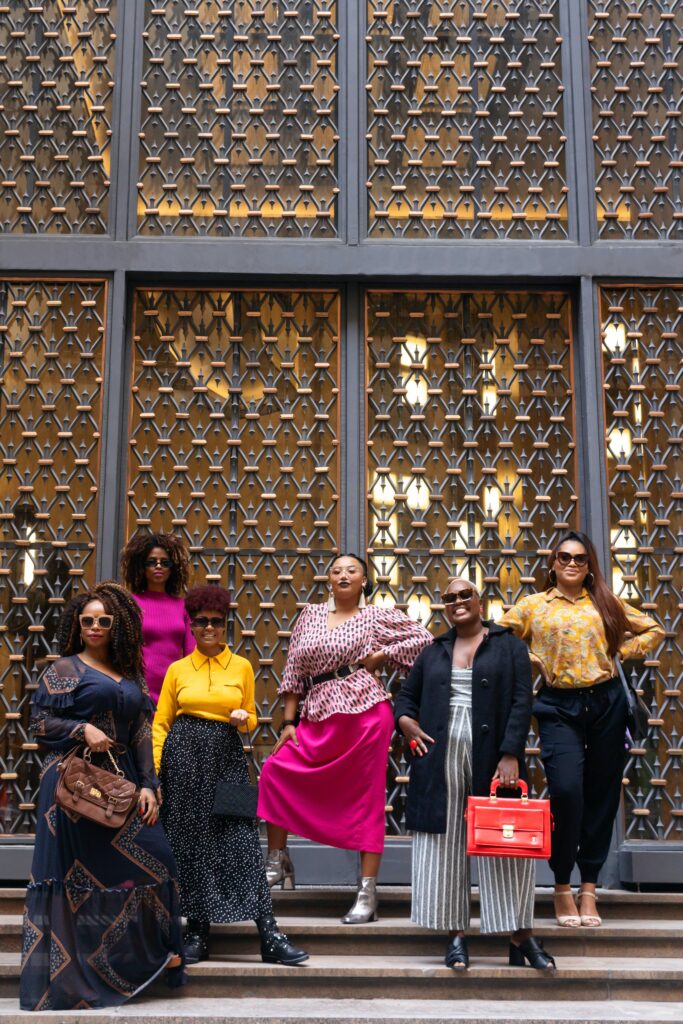
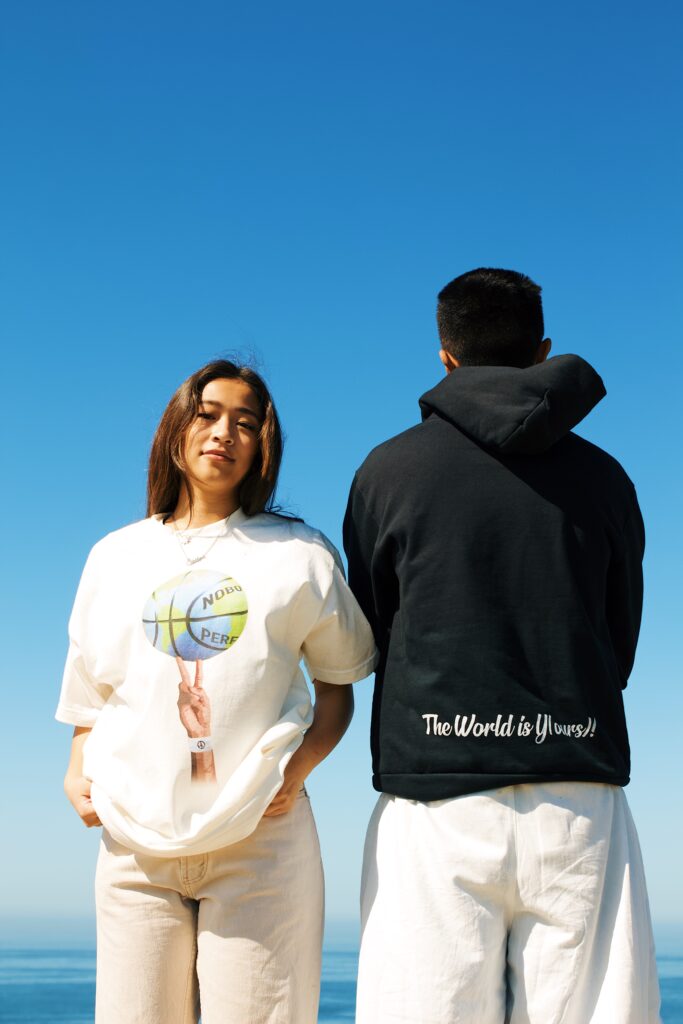
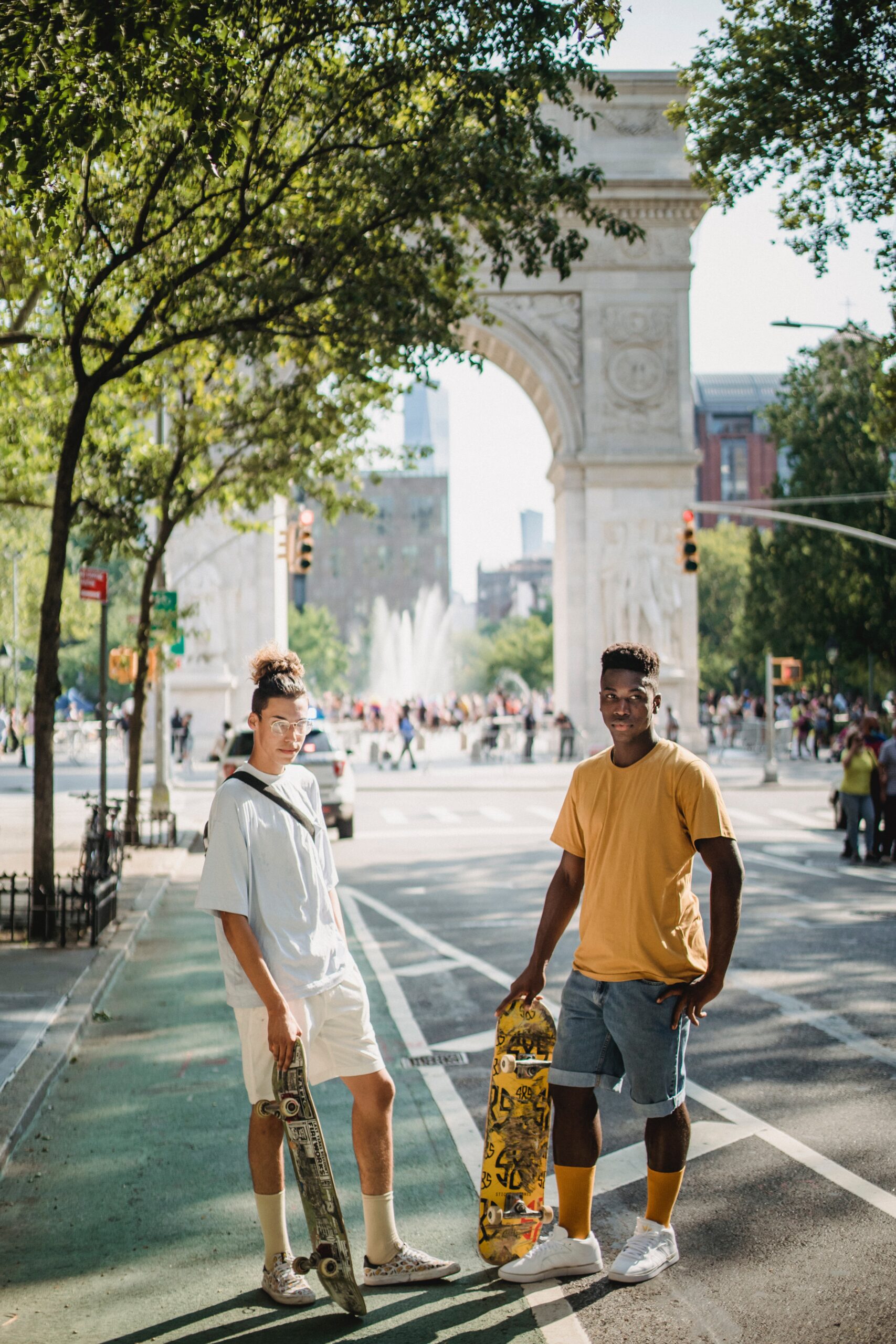
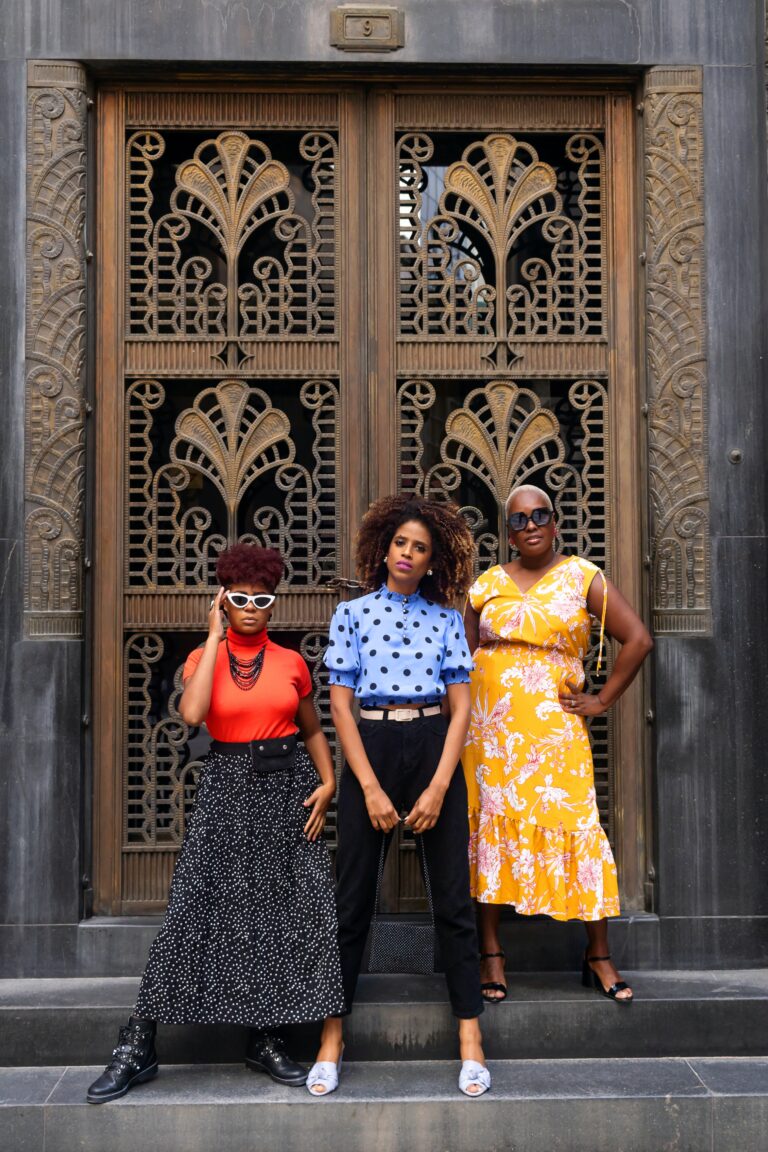

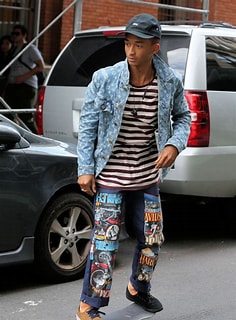


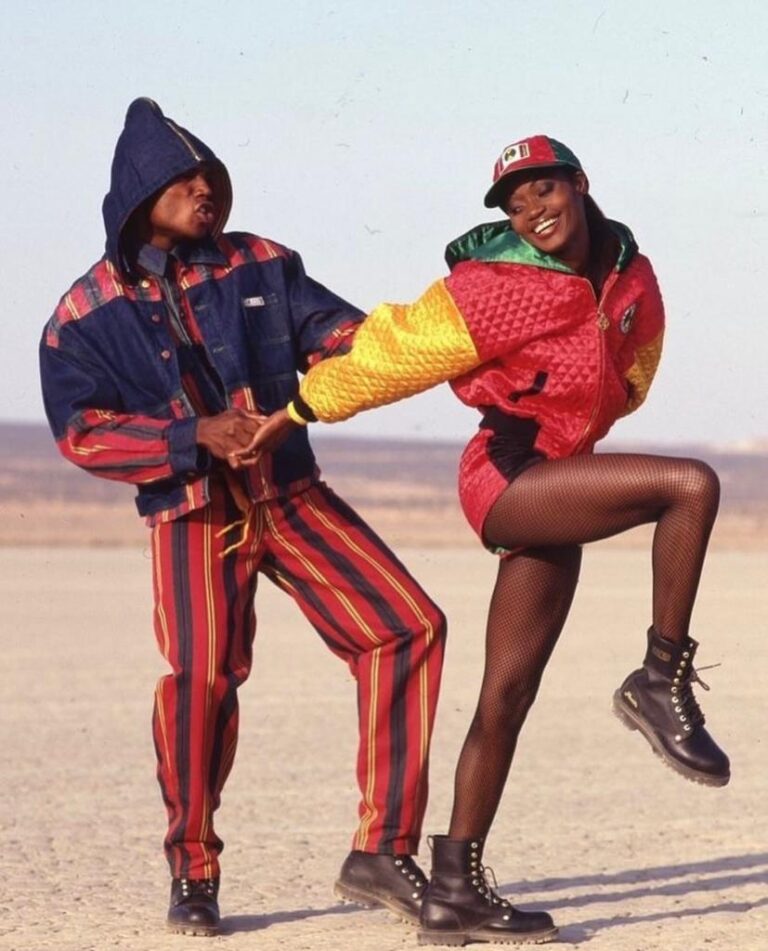
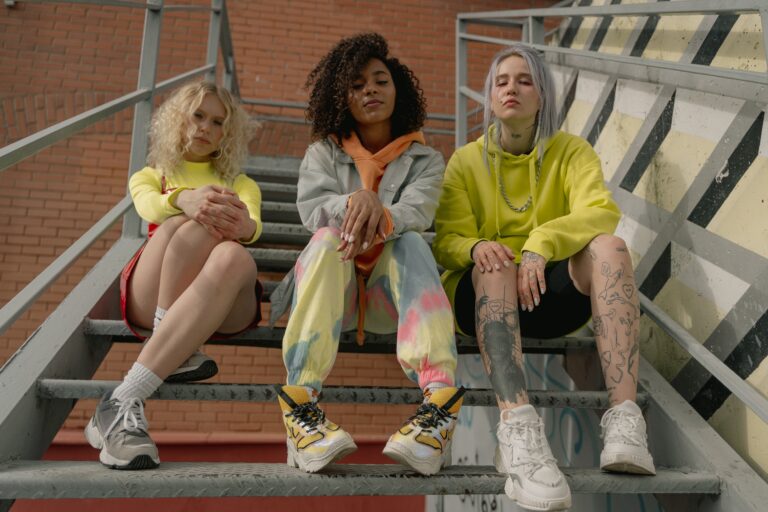
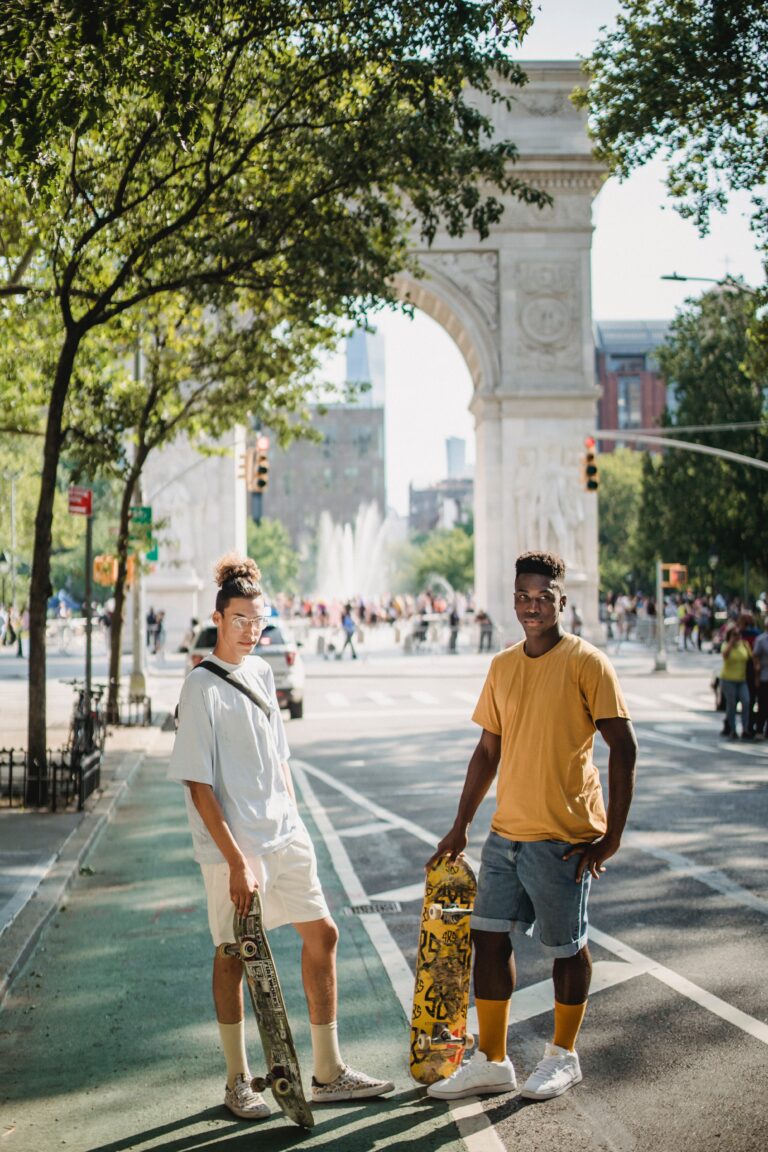
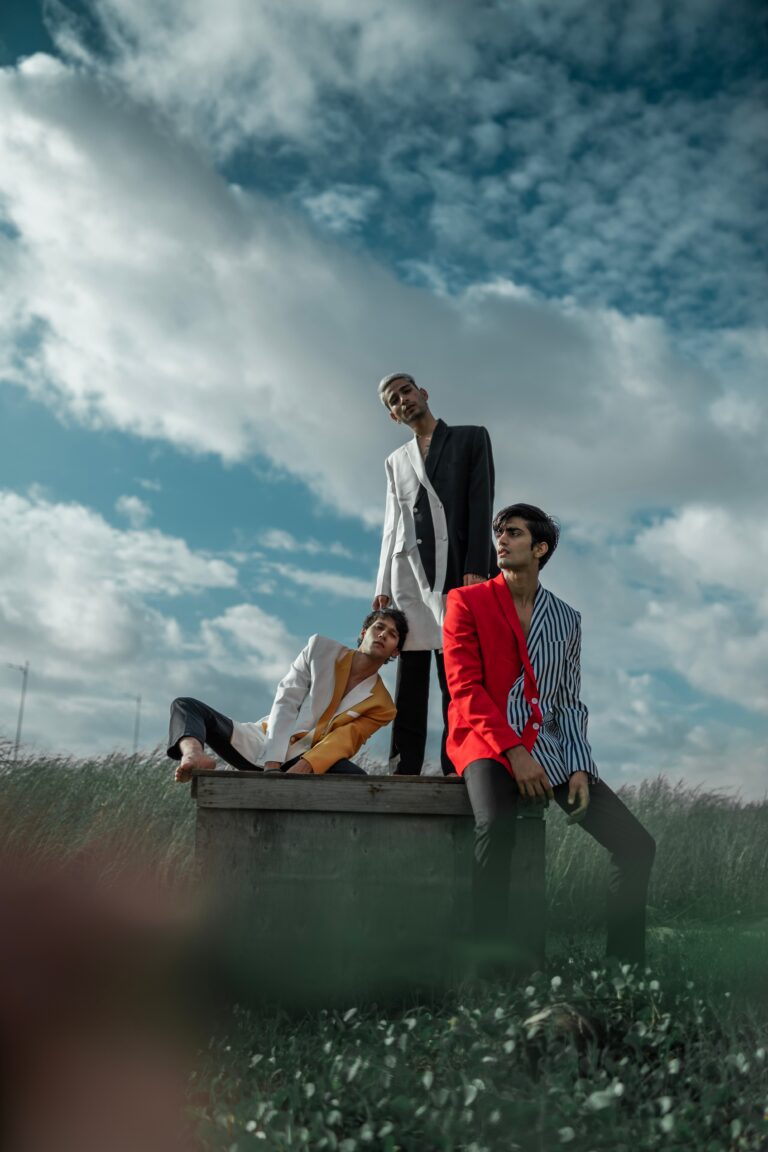

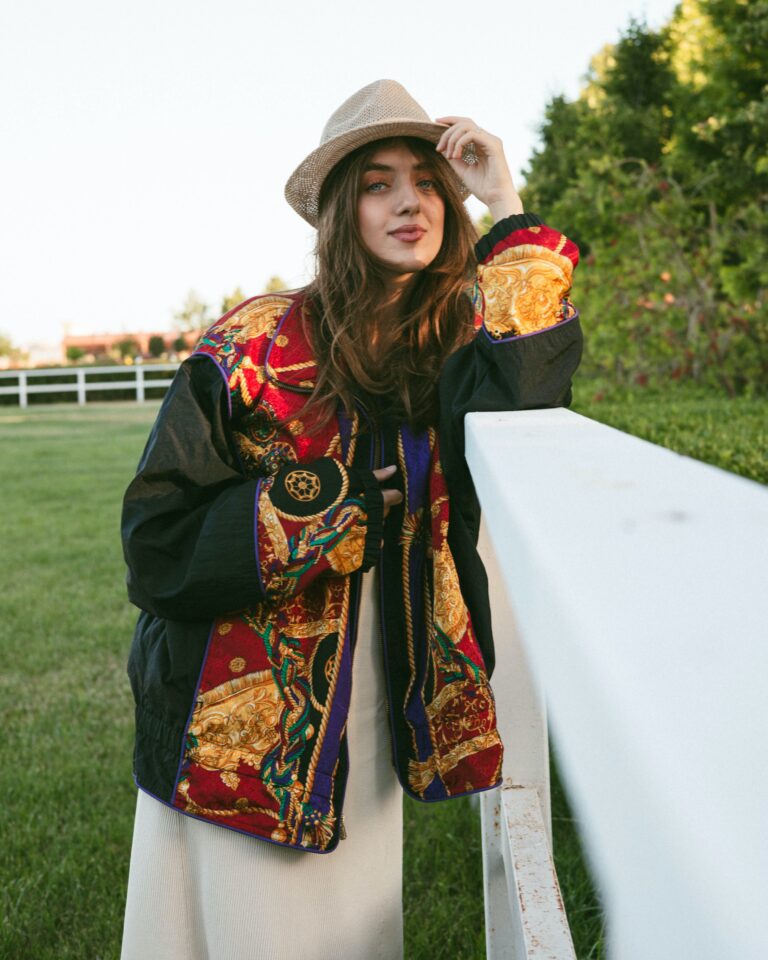
+ There are no comments
Add yours